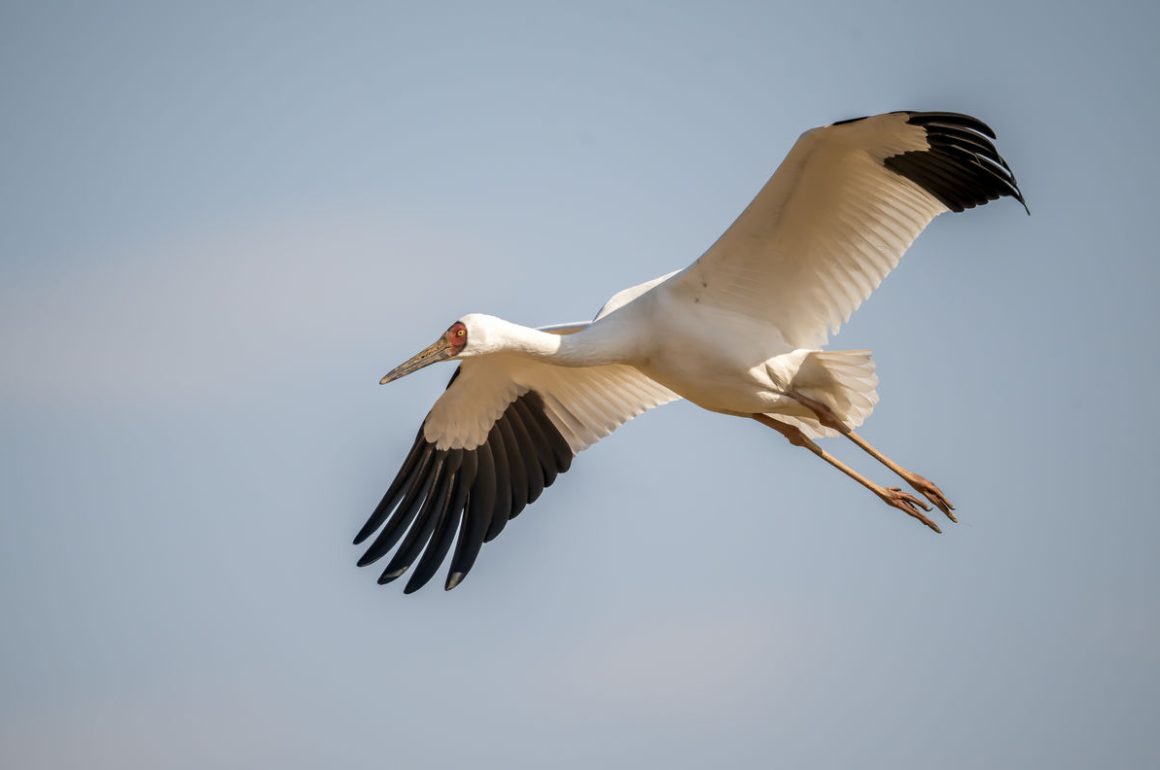
I know it is not a particularly sophisticated observation, but scientific species names that are just the same word twice always seem a bit silly to me. Leucogeranus leucogeranus, the Siberian Crane, is an example.
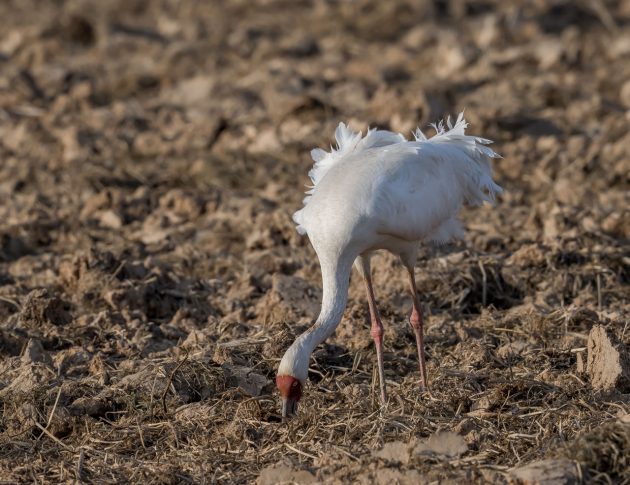
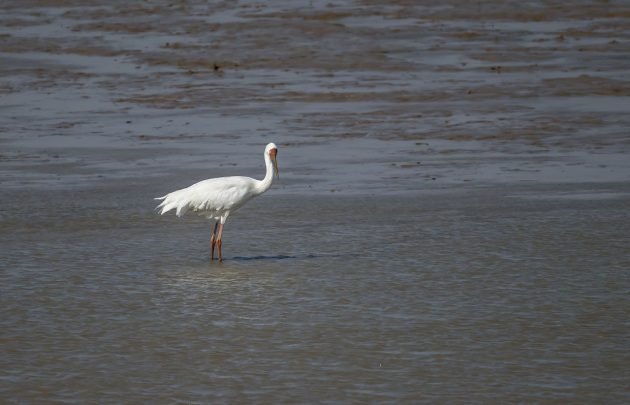
It just means white crane – incidentally, the Chinese name baihe has the same meaning.
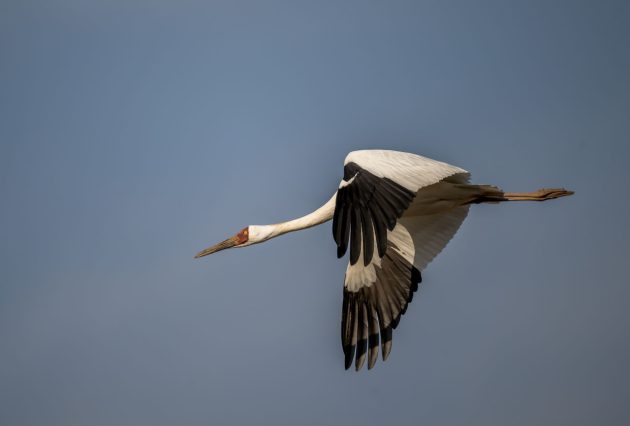
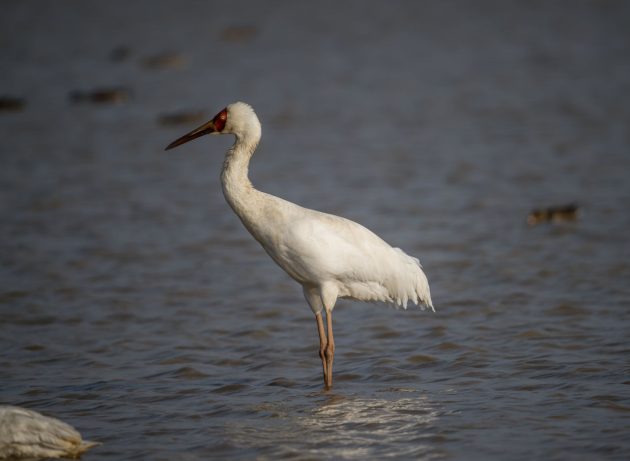
Siberian Cranes are listed as Critically Endangered, with an estimated population of 3800-4000 individuals.
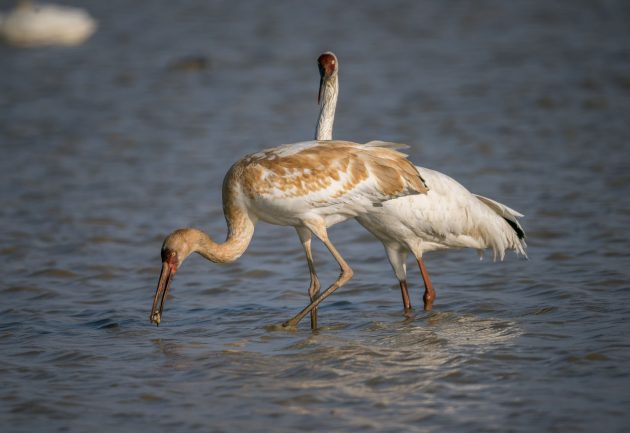
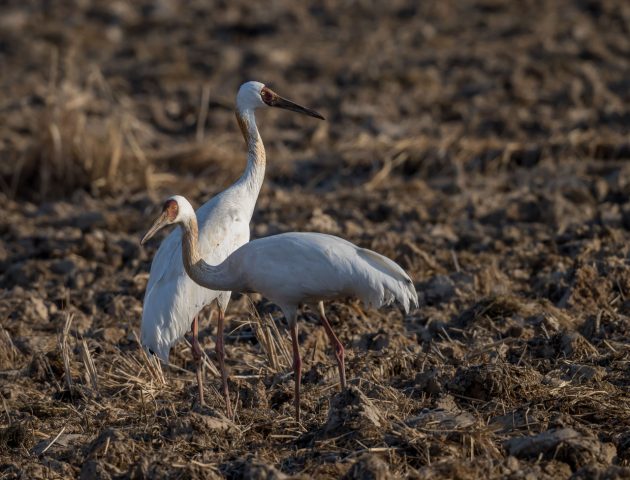
Frankly, when traveling around Poyang Lake, this listing is a bit surprising as it is very easy to see the cranes in the field – but I guess the issue is that pretty much the whole global Siberian Crane population winters there (98%, according to one source), which creates a lot of vulnerability.
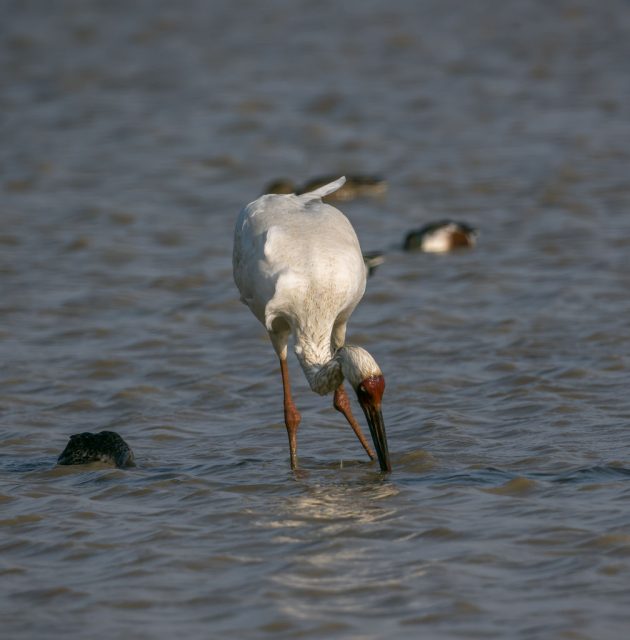
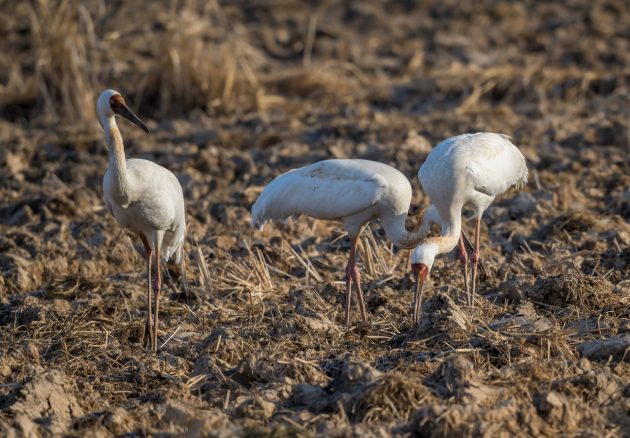
As a result, it is the most threatened of all crane species (source).
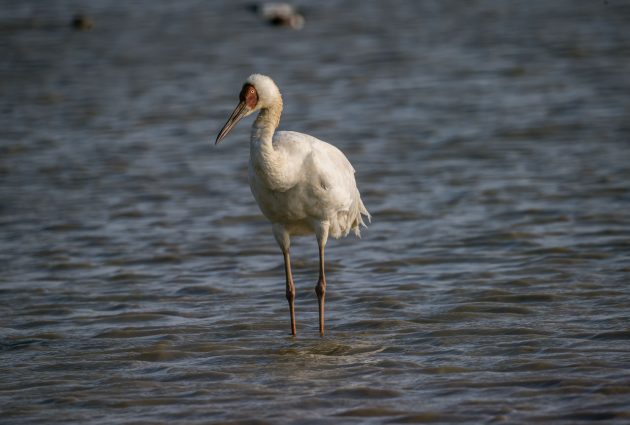
There used to be two other populations using different flyways, but one has already become extinct while a second one was at some point down to just one male individual named Omid (source).
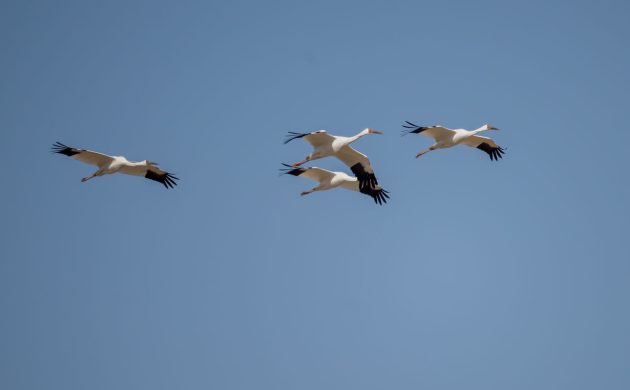
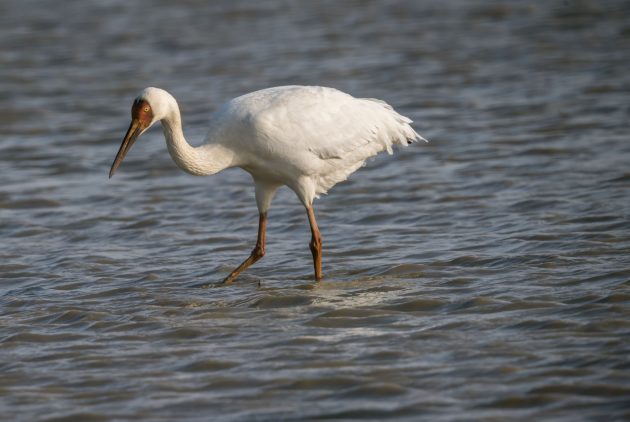
There are several initiatives to protect the species and in particular its stopover sites during migration and its wintering site.
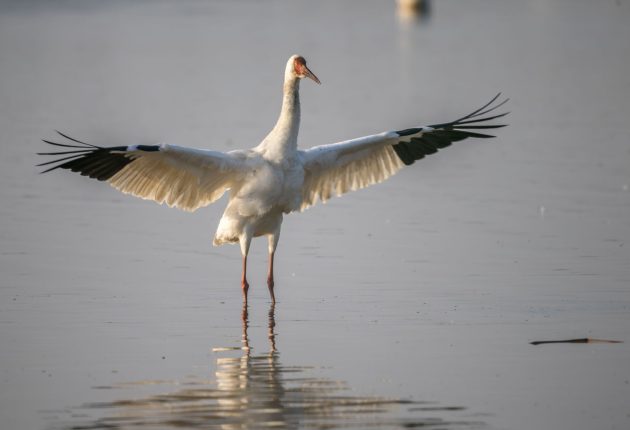
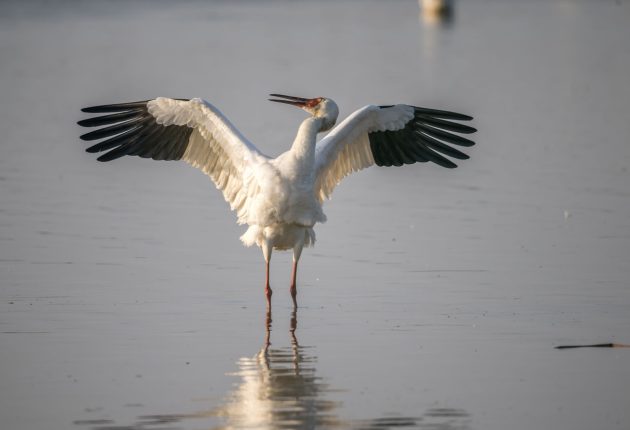
The low winter water levels of Poyang Lake are a particular issue, making the cranes switch to foraging on fallow fields rather than in the core lake area – which might make it easier to see the cranes but offers them less suitable habitat.
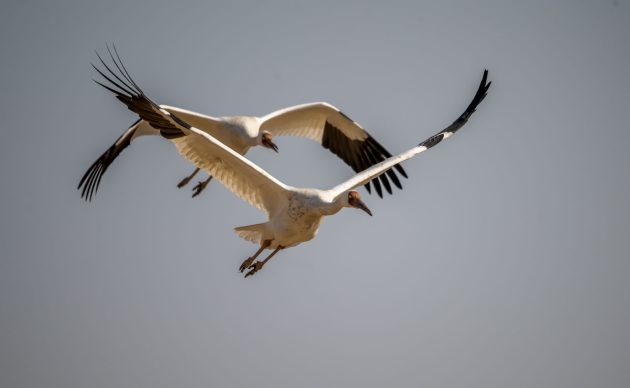
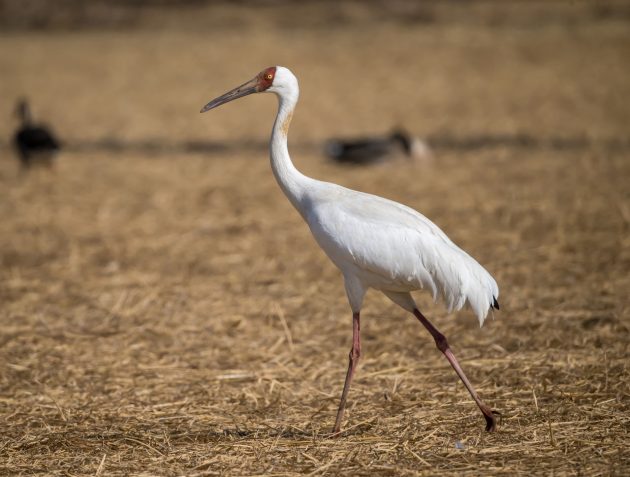
It does not help the crane population that many chicks die partly due to aggression between chicks – usually, only one survives, and consequently the mean family size at the Poyang Lake wintering area is just 2.65 individuals (source: HBW).
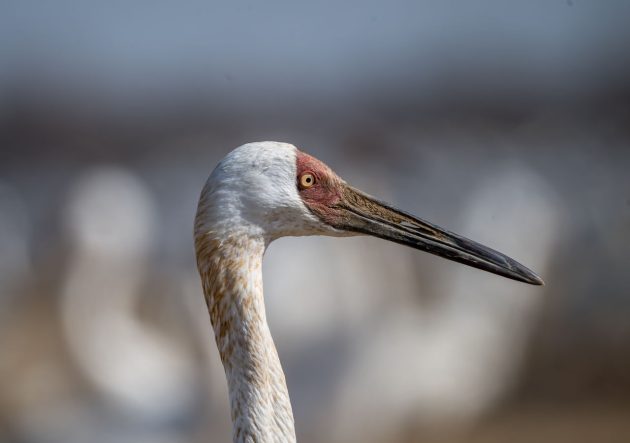
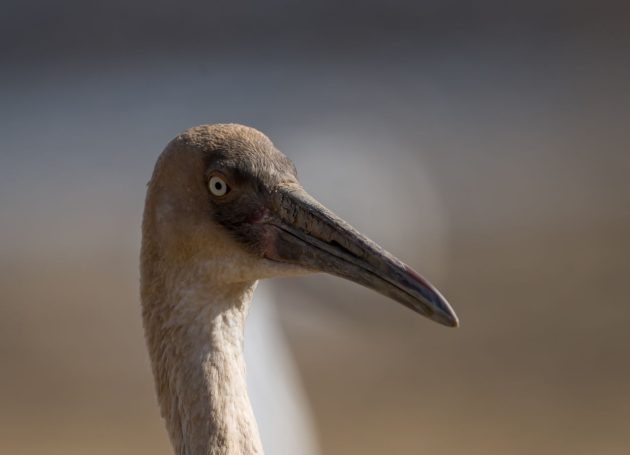






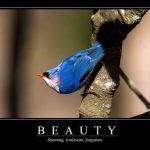
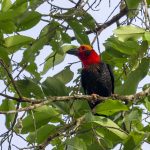

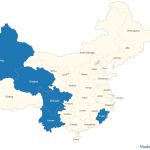

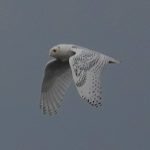
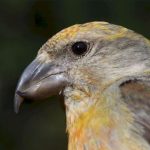
Leave a Comment